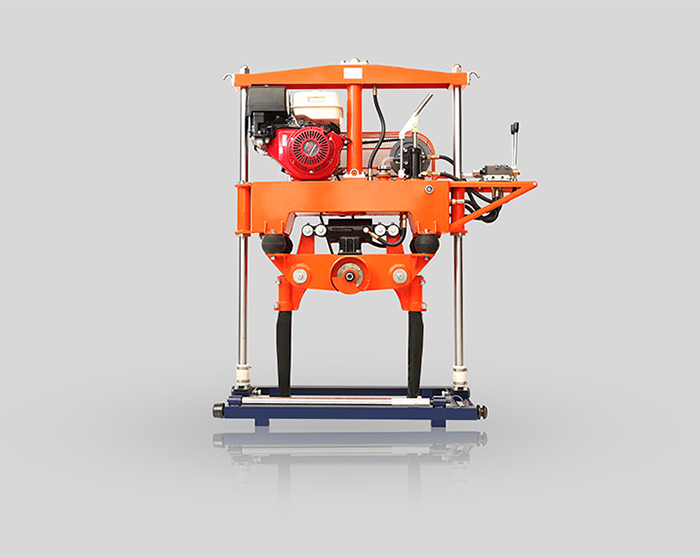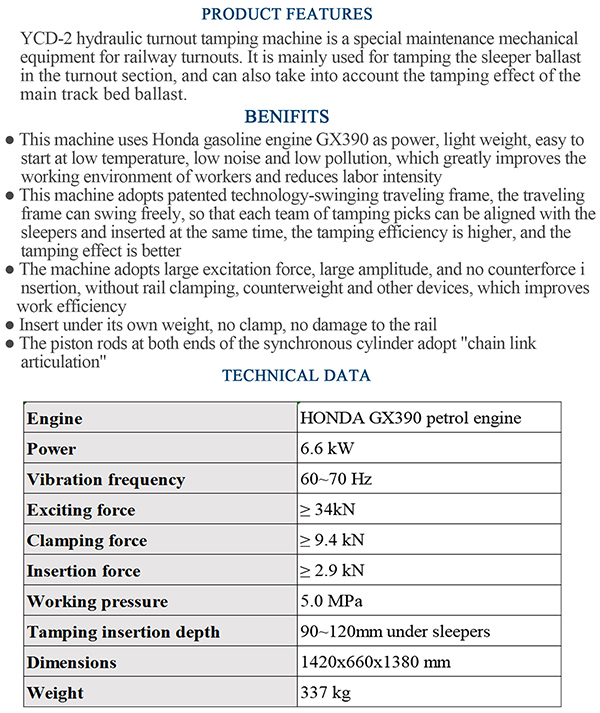
Safe and comfortable travel in a train is only possible on tracks lying in the correct geometrical position. The first machines that made it possible to produce this state of the track quickly and reliably were built. The hydraulic non-synchronous constant pressure tamping principle – which is still the method most widely used today – was developed to hold the tracks in the correct position.
Meanwhile, thousands of levelling, lifting, lining and tamping machines made are operating all over the world. Today, this range of machines offers a unique selection to meet the individual requirements of the operators. The main categories are tamping machines in standard railway vehicle design for tracks and turnouts which are equipped with one, two, three or four-sleeper tamping units; then there are self-loading and road-rail tamping machines and finally lightweight tamping machines. Within these categories there are machines built as special models for example with full sound insulation or for special tasks such as tamping Y-type sleepers, for spot fault elimination, for tamping tracks with sharp curves, tight clearance gauges or live rails as well as machines for different track gauges and clearance gauges.
